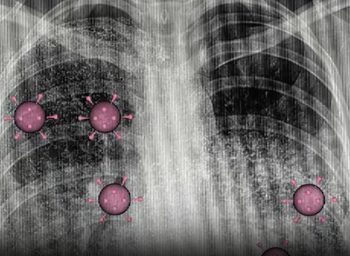
Study questions whether reducing antibiotic treatment duration for pneumococcal bacteremia still ensures effective outcomes and minimizes risks.

Study questions whether reducing antibiotic treatment duration for pneumococcal bacteremia still ensures effective outcomes and minimizes risks.

Between those infected and uninfected with COVID-19, investigators observed no differences in symptom trajectories, assessed through SymptoMScreen.

Findings from a recent phase 3 trial show promising results for the approval of ziresovir in the treatment of respiratory syncytial virus in infants.

This week, norovirus cases linked to contaminated oysters, while the first US death from H5N1 avian influenza is confirmed, the FDA updates RSV vaccine labeling due to Guillain-Barré Syndrome risks, and more.

Invivyd announced its product, pemivibart (Pemgarda), has continued to show consistent neutralization for almost 3 years, with no meaningful change to activity.

CEO Larry Sutton, MD, PhD, discusses SIDIPREV, a novel oxygen-based therapy aimed at preventing C difficile infections.

As politics increasingly intersects with science, infectious disease clinicians are called to take on advocacy roles. By engaging with their communities, clinicians can dispel misconceptions, highlight the importance of federal health institutions, and emphasize their role in safeguarding public health and advancing medical progress.

The continuation of misinformation and disinformation being disseminated in the public is causing more public health communication issues as mistruths associate the vaccines with cancer.

New findings explore how HSV-1 infection influences tau phosphorylation via the cGAS-STING-TBK1 pathway, offering potential therapeutic avenues for Alzheimer's treatment.

The federal agency approved safety labeling changes to the prescribing information for Abrysvo (Pfizer) and Arexvy (GSK) RSV vaccines for seniors after data from clinical trials, reports to the Vaccine Adverse Event Reporting System (VAERS), and a postmarketing study.

Study reveals how bacteria secrete natural products that make their competitors vulnerable to viral infection, with potential implications for enhancing phage therapy and shaping microbial ecosystems.
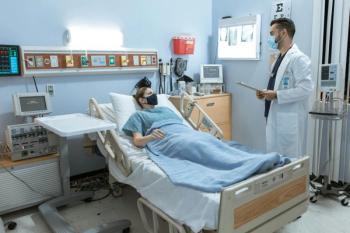
A survey of this population showed that over a 2 and ½ year period, there was a decrease in post-acute sequelae of SARS-CoV-2 infection (PASC). However, 1% of respondents said they are still dealing with restrictions in their lives.
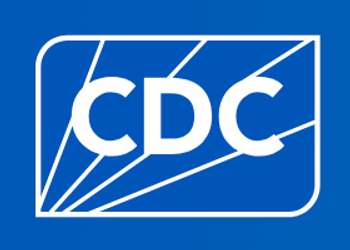
The updated recommendations simplify vaccine eligibility while addressing both cost-effectiveness and racial health disparities.
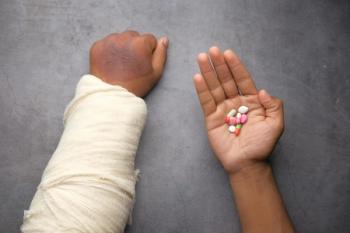
Selective serotonergic reuptake inhibitors (SSRIs) and beta-adrenergic blockers among agents with potential to mitigate chronic wound infections.

CEO Larry D Sutton, MD, PhD, elaborates on the company's strategy and the science behind SIDIPREV to prevent C difficile infections in hospitalized patients.

Rising temperatures and changing humidity are undermining natural pest control, putting North American forests at risk.

In a retrospective cohort study, a health system found this form of prophylaxis led to substantial reductions in 2 of 3 sexually transmitted infections (STIs) in a mostly male population.

Nationwide norovirus cases have recently increased, followed by an FDA warning for consumers to avoid oysters contaminated in a recent outbreak.
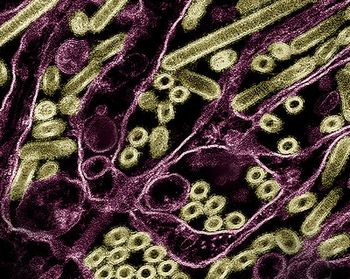
The Louisiana Department of Health announced the news late yesterday, and it is the first death in the US associated with the H5N1 virus.

A novel approach may identify resistance earlier and get patients on a proper course of antifungals sooner.

A case series of 13 patients suggests that extended courses of Paxlovid could benefit some Long COVID patients, but the results are inconsistent.

Older males who had these infections had a statistically significant higher risk for physical and cognitive impairments.

Recent study highlights Paxlovid’s ability to reduce hospitalizations and mortality in high-risk populations, but underscores the need for personalized treatment.

Investigators evaluated strategies to simplify the vaccination process to yield higher rates of adult immunization, similar to that of the COVID-19 pandemic.

This week, the CDC MMWR highlights a major blastomycosis outbreak and increased tularemia cases, CHOP's feedback reports improve antibiotic stewardship in pediatric pneumonia, and more.

Over a third of respondents in 6 African countries were hesitant to get the vaccine themselves. And for parents, nearly 40% were reluctant to get their children immunized.

The federal health agency stresses the importance of finding the balance between vigilance and enjoying normal activities.

New recommendations emphasize shorter, all-oral regimens for both drug-susceptible and drug-resistant TB.
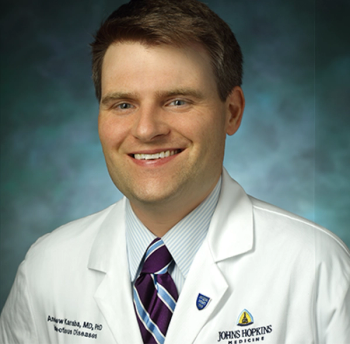
Just 60% received detectable antibodies for 2 FDA-approved vaccines, possibly pointing out a need for additional doses to reach protective levels against disease.

Systematic reviews and localized studies reveal rising resistance rates in pediatric H pylori infections, highlighting the need for improved diagnostics and treatment approaches.